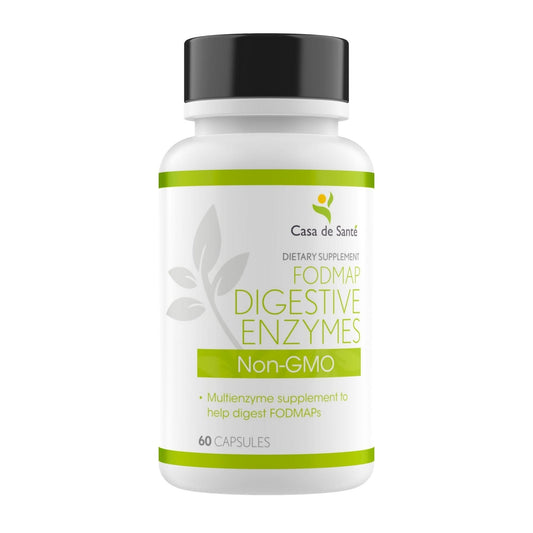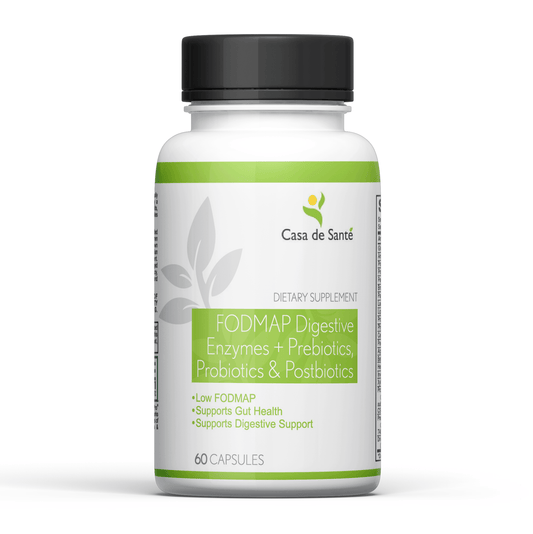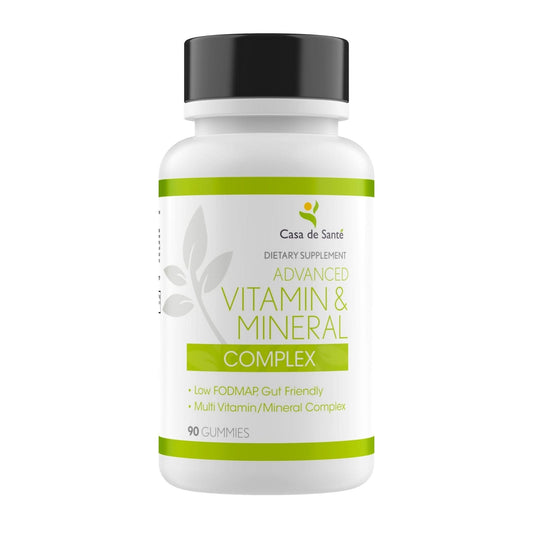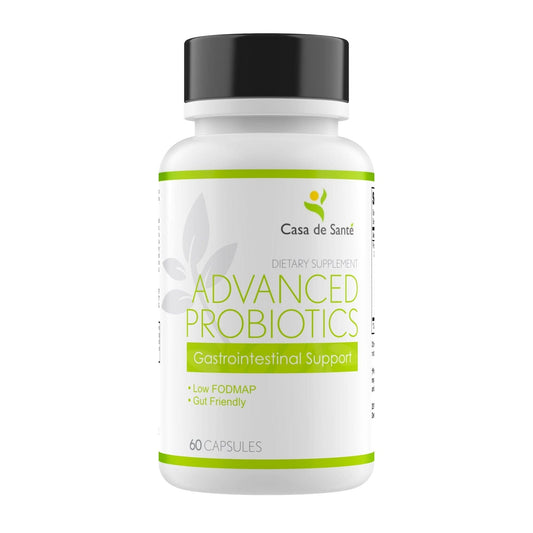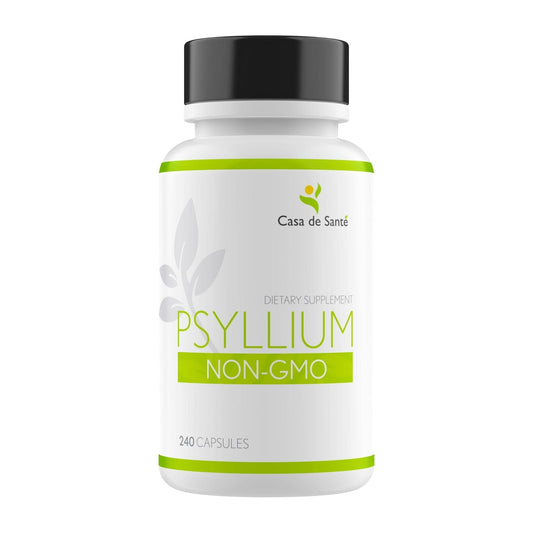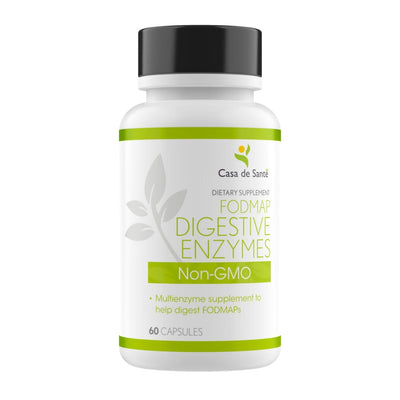Is Milk Sugar Paleo
Is Milk Sugar Paleo
In recent years, the Paleo diet has gained significant popularity among health-conscious individuals seeking to improve their overall well-being. This dietary approach is centered around the idea of consuming foods that our ancestors would have eaten during the Paleolithic era. The question often arises: Is milk sugar, also known as lactose, considered Paleo? To truly understand the answer, we must delve into both the principles of the Paleo diet and the science behind milk sugar.
Understanding the Paleo Diet
The Paleo diet, also known as the Paleolithic or Caveman diet, is based on the concept of eating foods that were available to our hunter-gatherer ancestors. Proponents of this diet believe that our bodies are genetically adapted to thrive on the types of foods consumed during that era. This means eliminating processed foods, grains, legumes, and dairy products from the diet, focusing instead on lean meats, fish, fruits, vegetables, nuts, and seeds.
The Paleo diet has gained popularity in recent years as people seek to improve their overall health and well-being. By following the principles of this diet, individuals aim to mimic the eating habits of our ancestors, who relied on natural, whole foods for sustenance.
Origins and Principles of the Paleo Diet
The origins of the Paleo diet can be traced back to the work of Dr. Loren Cordain, a renowned scientist and author. Dr. Cordain studied the eating patterns of our Paleolithic ancestors and concluded that their diet consisted primarily of lean meats, fish, fruits, vegetables, nuts, and seeds. He argued that these foods provided the necessary nutrients for optimal health and that the modern diet, filled with processed foods and refined sugars, was contributing to various health problems.
The principles of the Paleo diet are simple: eat real, whole foods and avoid processed and refined products. By eliminating grains, legumes, and dairy, proponents of this diet believe that individuals can reduce inflammation in the body and improve overall health. The emphasis on lean meats, fish, fruits, and vegetables ensures a high intake of essential nutrients and promotes a balanced way of eating.
Common Foods in the Paleo Diet
The Paleo diet encourages the consumption of nutrient-dense foods that were readily available during the Paleolithic era. This includes lean meats such as grass-fed beef, poultry, and game, as well as fish and seafood. These protein sources are not only rich in essential amino acids but also provide important minerals like iron and zinc.
Fruits and vegetables, especially non-starchy varieties, are highly encouraged in the Paleo diet. These plant-based foods are packed with vitamins, minerals, and antioxidants that support overall health and well-being. They provide essential fiber, which aids in digestion and promotes a healthy gut microbiome.
In addition to animal protein and plant-based foods, the Paleo diet includes nuts, seeds, and natural oils like olive oil and coconut oil. These sources of healthy fats are believed to provide sustained energy and support brain function. They also offer a variety of vitamins and minerals, including vitamin E and magnesium.
By following the Paleo diet, individuals are encouraged to focus on whole, unprocessed foods that nourish the body and provide the necessary nutrients for optimal health. While it may require some adjustments and creativity in meal planning, many people find that adopting this way of eating leads to increased energy levels, improved digestion, and overall well-being.
The Science of Milk Sugar
To properly assess whether milk sugar is considered Paleo, it is essential to understand its composition and how the body processes it. Milk sugar, scientifically known as lactose, is a natural sugar found in milk and dairy products. It is composed of two sugar molecules, glucose and galactose.
What is Milk Sugar (Lactose)?
Lactose is a type of carbohydrate that is specific to mammalian milk, including human breast milk. It plays a crucial role in providing energy to infants and young animals. Lactose enables the absorption of essential nutrients in the digestive system, making it an integral part of early life nourishment.
During the process of lactation, lactose is synthesized in the mammary glands and secreted into the milk. The concentration of lactose in milk varies among different species. For example, human breast milk has a higher lactose content compared to cow's milk.
Aside from its nutritional importance, lactose also contributes to the taste and texture of dairy products. It provides a slightly sweet taste and helps enhance the flavor profile of various dairy-based foods such as ice cream, yogurt, and cheese.
How the Body Processes Milk Sugar
In order to digest lactose, the body produces an enzyme called lactase, which breaks down lactose into its glucose and galactose components. This allows for efficient absorption and utilization of the sugar. However, as we age, some individuals naturally produce less lactase, leading to lactose intolerance in adulthood.
Lactose intolerance is a common condition that affects a significant portion of the global population. It occurs when the body lacks sufficient lactase enzyme to digest lactose properly. As a result, undigested lactose passes through the digestive system and reaches the large intestine, where it is fermented by bacteria.
This fermentation process leads to the production of various gases, such as hydrogen, methane, and carbon dioxide, which can cause symptoms like bloating, gas, diarrhea, and abdominal pain. The severity of these symptoms varies among individuals, with some being more sensitive to lactose than others.
It is worth noting that lactose intolerance is different from a milk allergy. While lactose intolerance is related to the body's ability to digest lactose, a milk allergy is an immune response to proteins found in milk, such as casein or whey. Milk allergies can cause more severe symptoms, including hives, wheezing, and even anaphylaxis.
For individuals with lactose intolerance, there are various strategies to manage their condition. Some may choose to avoid lactose-containing foods altogether, while others may opt for lactase supplements or consume lactose-reduced or lactose-free dairy products.
In conclusion, milk sugar, or lactose, is a natural sugar found in milk and dairy products. It plays a vital role in early life nourishment and provides energy to infants and young animals. The body produces the enzyme lactase to break down lactose, but some individuals may naturally produce less lactase, leading to lactose intolerance. Understanding the science behind milk sugar can help individuals make informed decisions about their dietary choices.
Dairy Products and the Paleo Diet
The inclusion of dairy products in the Paleo diet is a topic of debate among followers of this dietary approach. While the Paleo diet advocates avoiding dairy, some individuals argue that certain dairy products can still be considered Paleo-friendly. The key lies in understanding the Paleo perspective on dairy and the impact of lactose intolerance.
The Paleo Perspective on Dairy
Proponents of the Paleo diet argue that dairy is not an essential component of a healthy and balanced diet. They believe that consuming dairy products is not in line with the dietary choices of our Paleolithic ancestors. The Paleo diet emphasizes consuming foods that were available to our ancestors during the Paleolithic era, which includes lean meats, fish, fruits, vegetables, nuts, and seeds. These foods are believed to provide optimal nutrition and support overall health.
One of the main reasons why dairy is excluded from the Paleo diet is the belief that our Paleolithic ancestors did not consume dairy products. The domestication of animals for milk production only occurred around 10,000 years ago, which is relatively recent in terms of human evolution. Therefore, proponents of the Paleo diet argue that our bodies may not have fully adapted to digesting and processing dairy products.
Furthermore, some suggest that dairy can have adverse effects on gut health and may contribute to inflammation in certain individuals. Dairy products contain lactose, a type of sugar that requires the enzyme lactase to be properly digested. However, many individuals have a reduced ability to produce lactase, leading to lactose intolerance. This inability to digest lactose can result in digestive symptoms such as bloating, gas, and diarrhea.
Lactose Intolerance and the Paleo Diet
Lactose intolerance, the inability to digest lactose properly, affects a significant portion of the global population. This condition arises when the body produces insufficient amounts of lactase, the enzyme responsible for breaking down lactose. Individuals with lactose intolerance often experience digestive symptoms such as bloating, gas, and diarrhea after consuming dairy products.
For individuals following the Paleo diet who are also lactose intolerant, the exclusion of dairy products is not only in line with the principles of the diet but also a way to avoid discomfort and digestive issues. By eliminating dairy, these individuals can focus on consuming other nutrient-dense foods that are compatible with the Paleo diet.
It is worth noting that not all dairy products are created equal when it comes to lactose content. Some dairy products, such as hard cheeses and fermented dairy products like yogurt, have lower lactose levels compared to milk and ice cream. As a result, some individuals argue that these types of dairy products can still be considered Paleo-friendly, especially for those who do not experience significant digestive symptoms after consuming them.
Ultimately, the decision to include or exclude dairy products from the Paleo diet is a personal one. It is important to consider individual health factors, such as lactose intolerance, and make informed choices based on personal preferences and dietary goals.
Debating Milk Sugar in the Paleo Diet
The question of whether milk sugar is considered Paleo is a topic that sparks lively discussions within the Paleo community. Advocates and critics present differing viewpoints based on various factors, including ancestral diets, health benefits, and individual tolerances. Let's explore some arguments for and against the consumption of milk sugar in the Paleo diet.
Arguments for Milk Sugar in the Paleo Diet
Some proponents of the Paleo diet argue that including limited amounts of milk sugar can be compatible with the principles of this dietary approach. They highlight the potential nutritional benefits of dairy, such as calcium, vitamin D, and probiotics present in fermented dairy products like yogurt and kefir. Additionally, they suggest that individuals who are not lactose intolerant can enjoy the healthful properties of milk sugar without adverse effects.
Arguments against Milk Sugar in the Paleo Diet
Opponents of consuming milk sugar in the Paleo diet emphasize the lack of evolutionary adaptation to dairy consumption in adult humans. They assert that the genes responsible for lactase production decrease in many populations after weaning, suggesting that the ability to tolerate lactose diminishes with age. Furthermore, detractors argue that the potential risks of consuming dairy outweigh any potential benefits, especially in individuals who experience lactose intolerance symptoms.
Alternatives to Milk Sugar for the Paleo Diet
For those who prefer to avoid milk sugar in their Paleo diet, there are viable alternatives available. Natural sweeteners compatible with the principles of the Paleo diet can provide the desired sweetness without lactose. Additionally, dairy alternatives can satisfy the cravings for milk-based products while adhering to the guidelines of this dietary approach.
Natural Sweeteners Compatible with the Paleo Diet
The Paleo diet encourages the use of natural sweeteners that are minimally processed and do not contain added sugars. Examples of suitable options include raw honey, maple syrup, and coconut sugar. These sweeteners provide flavor enhancements while also offering some potential health benefits, such as antioxidant properties.
Dairy Alternatives in the Paleo Diet
Several dairy alternatives can be seamlessly incorporated into the Paleo diet. Nut milk, such as almond or cashew milk, can serve as a milk substitute in recipes or be enjoyed on its own. Coconut milk, derived from the flesh of mature coconuts, is another popular option. These alternatives provide a creamy texture and can be used in a variety of dishes.
Conclusion
In the context of the Paleo diet, the inclusion of milk sugar, or lactose, is a matter of personal choice and individual tolerance. Some argue that limited amounts of dairy products can be compatible with the principles of the Paleo diet, while others advocate for alternative options. Understanding the origins and principles of the Paleo diet, as well as the science behind milk sugar and lactose intolerance, can help individuals make informed decisions regarding their dietary choices. Ultimately, the key is to find a sustainable and enjoyable way of eating that supports overall health and well-being.



